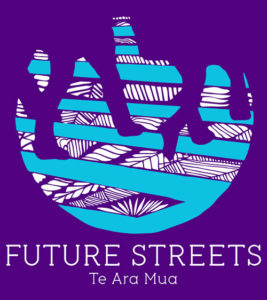In this article, the researchers on Te Ara Mua – Future Streets describe how the research side of the project was designed. The study purpose was to see if making suburban streets safer and better for walking and cycling could improve health, social and environmental inequities. Māngere Central and Māngere East were chosen because they are both ‘walkable’ areas with high proportions of Māori, Pacific and low-income residents, and high rates of road injury. This meant that they could potentially benefit a lot from safer and ‘healthier’ streets. The impacts of Te Ara Mua – Future Streets that are being objectively measured are physical activity, road traffic injuries, air quality, diabetes risks, vehicle speeds, numbers of ‘road users’ (vehicles, bikes and pedestrians), and the way people use the roads and footpaths. Surveys, interviews and focus groups with residents are also looking at how local people experience getting around the area. Access
Macmillan, A. K., Mackie, H., Hosking, J. E., Witten, K., Smith, M., Field, A., Woodward, A., Hoskins, R., Stewart, J., van der Werf, B., & Baas, P. (2018). Controlled before-after intervention study of suburb-wide street changes to increase walking and cycling: Te Ara Mua-Future Streets study design. BMC Public Health, 18(1), 850.
